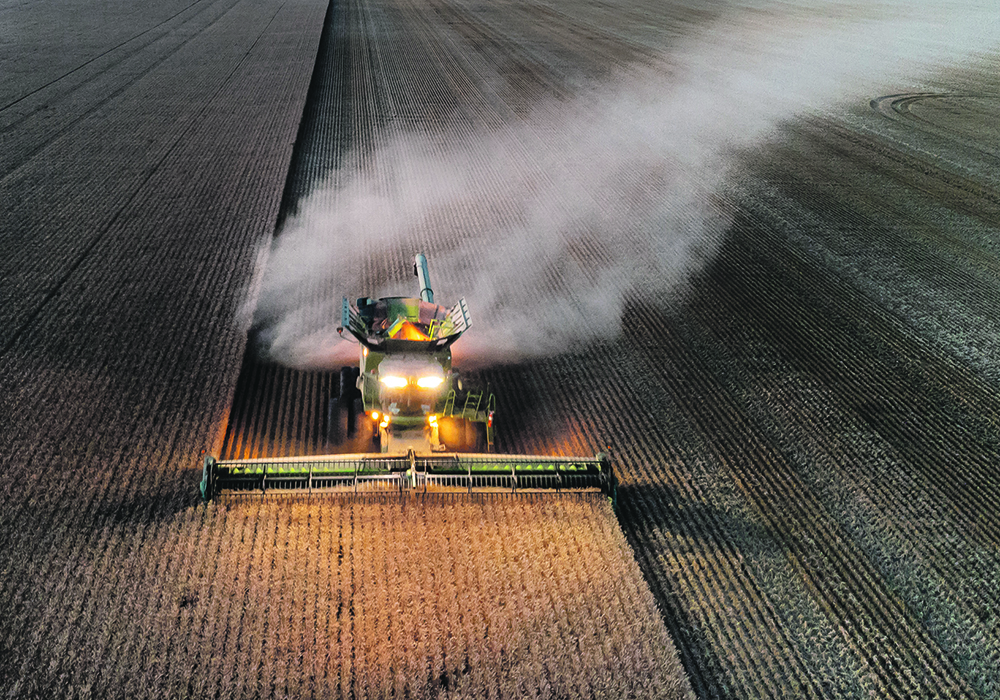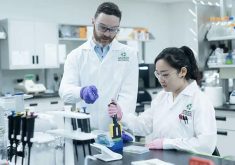It’s no coincidence the pre-historic advent of farming took place in a region known as the cradle of civilization in what is now the Middle East, allowing for cultivation of domesticated grains to bake the first loafs of bread.
A new research project recently published its findings tracing back those first domesticated cereals through genomic sequencing in the scientific journal Nature.
Raju Datla, program lead in resilient agriculture at the Global Institute for Food Security at the University of Saskatchewan, took part in the effort to crack the sequence of einkorn (Triticum monocum).
Read Also

New coal mine proposal met with old concerns
A smaller version of the previously rejected Grassy Mountain coal mine project in Crowsnest Pass is back on the table, and the Livingstone Landowners Group continues to voice concerns about the environmental risks.
“It’s an international effort primarily led by the King Abdullah University of Science and Technology in Saudi Arabia,” said Datla, adding American and British researchers also took part.
Canadian wheat is widely recognized as a quality crop, but there are climate-related growing challenges across the Prairies, said Datla, especially drought.
“Our program is to address the climate resiliency,” he said about sequencing one of the earliest ancestors of domesticated wheat dating back about 10,000 years.
The difference in wild and domesticated einkorn is represented in the first signs of breed selection by choosing toughened stems that hold the grain to the ear, said Datla, “so you can harvest without losing the seed…. That’s how the species came into existence.”
Selective breeding over thousands of years has radically changed wheat breeds but modern species such as durum continue to contain some of the genetic characteristics of that original domesticated variety of einkorn, said Datla.
Einkorn can grow in marginal land and that is an important trait for current environmental conditions faced by farmers, he said.
“By sequencing the full einkorn genome, it will allow us to harness our capacity to develop these important traits.”
This type of research has been advanced by the ability to sequence genetics relatively quickly today, and by the technology that enables researchers to work together globally through the internet.
“Before, one lab or a few people in a group would undertake this kind of activity,” he said. “It’s becoming (a situation where) one lab cannot do it, so it becomes an international collaborative effort fusing together experts from diverse areas of research resulting in far better outcomes.”
Datla added even some of the tougher aspects of genome sequencing are becoming easier, allowing researchers to trace back what changes have occurred in domestic and wild wheat varieties over centuries.
While such research can cost millions, there is value to understanding these changes and zeroing in on traits that can benefit Canadian wheat farmers, he said.
“Working with a large team will allow us access to important information that we can use for our Canadian wheat improvement point of view,” said Datla.
The full research paper can be found in the Aug. 24 edition of Nature.


















